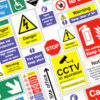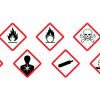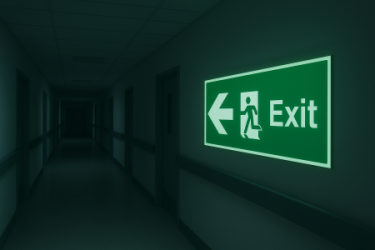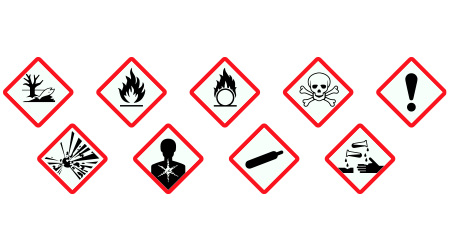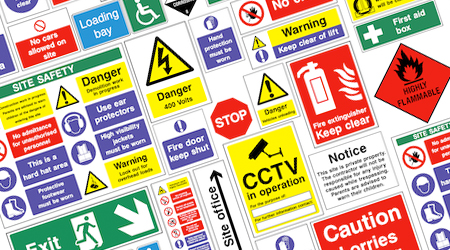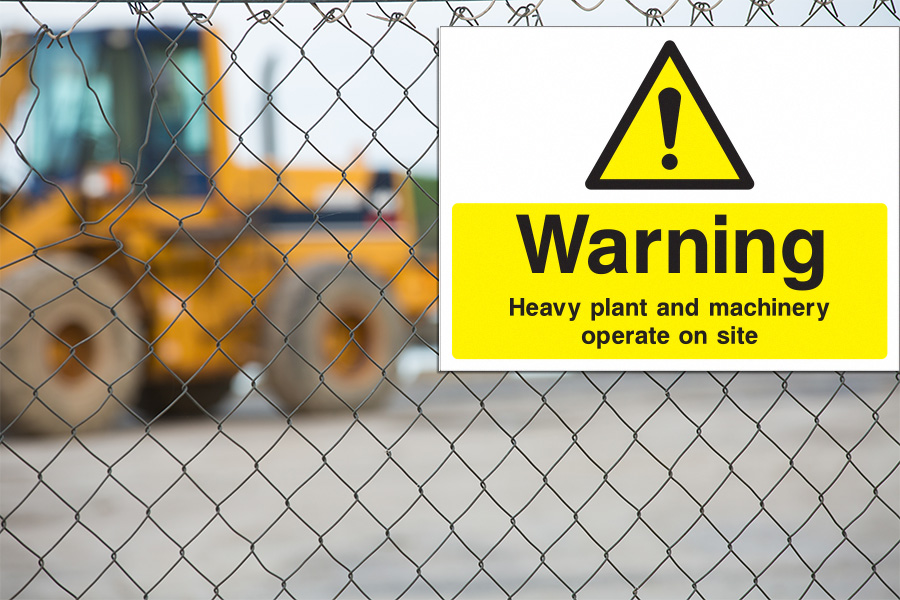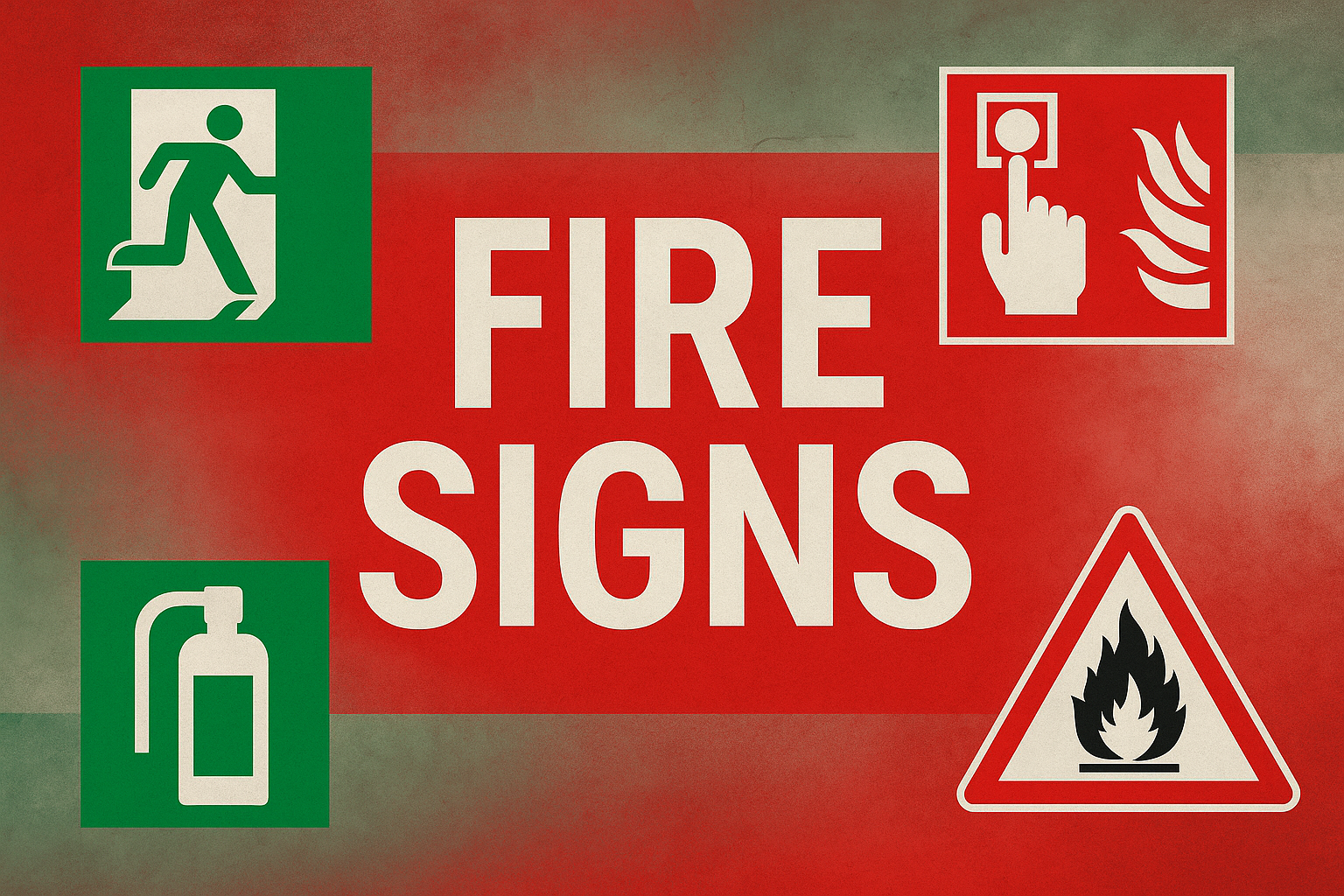Why should you use CCTV signage?
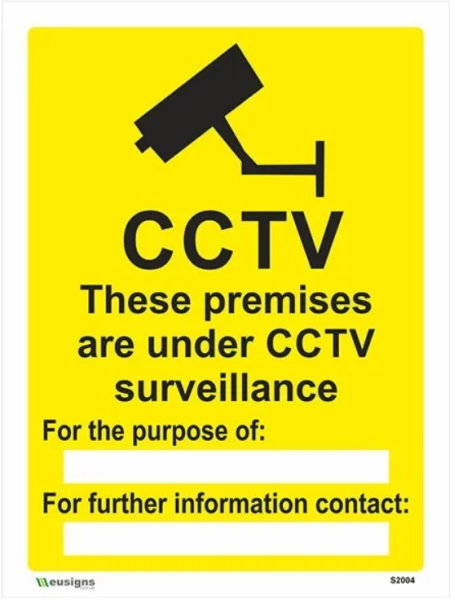
Under CCTV Surveillance Sign
In today’s world, security and safety are priorities for both individuals and organisations. CCTV systems have become a familiar part of our surroundings, from city centres and car parks to retail stores and office buildings. While the cameras themselves often draw the most attention, an equally important component of any surveillance system is proper signage.
CCTV signage is more than just a visual cue. It plays a vital role in compliance with UK data protection laws and contributes significantly to crime prevention, public reassurance and operational efficiency. Whether you are a business owner, facilities manager or homeowner, understanding the value of displaying signs correctly is crucial.
What Is CCTV Signage and What Is It For?
CCTV signage refers to clearly visible notices that inform individuals that monitoring is in operation in a particular area. These signs typically include an image of a camera, a short explanation of the purpose of surveillance and contact details for the organisation or person responsible for the system.
The primary function of these signs is to inform people that they may be recorded. This is a legal requirement under UK law. However, signage also serves a practical purpose. It acts as a deterrent to criminal behaviour, signals a commitment to safety and encourages lawful conduct.
By alerting individuals that monitoring is taking place, signage helps create an environment where people are more likely to behave responsibly. This is beneficial for everyone who enters the space, whether it is a workplace, public venue or residential site.
Legal Requirements for CCTV Signage in the UK
The use of CCTV in the UK is governed by the UK General Data Protection Regulation (UK GDPR) and the Data Protection Act 2018. Under these regulations, organisations and individuals who collect personal data through video recording must do so transparently and fairly. One of the key aspects of this transparency is making sure people are aware that they are being recorded.
The Information Commissioner’s Office (ICO) provides clear guidance on the use of surveillance systems. It states that appropriate signage must be displayed in areas where CCTV is in operation. These signs must:
- Be visible and easy to read
- Include the purpose of the recording (for example, crime prevention or public safety)
- Provide contact details of the data controller or operator
If an organisation fails to display proper signage, it may be found in breach of data protection laws. This can result in penalties, legal claims or reputational damage. For businesses, the risk is not just legal but also commercial. Customers and staff expect transparency, especially when it comes to personal data.
Private individuals who install CCTV on their property must also be aware of these rules. If the system records areas beyond the boundaries of their property, such as public footpaths or neighbouring gardens, they must comply with data protection requirements, including signage.
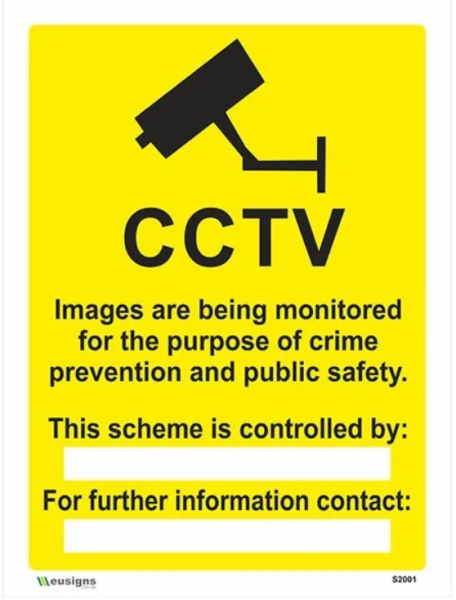
CCTV Monitoring Crime Sign
Deterring Crime and Unwanted Behaviour
One of the most immediate and effective benefits of installing CCTV signage is the deterrence of criminal activity. When potential offenders are made aware that they are being monitored, they are far less likely to act unlawfully.
Criminals tend to avoid locations where the risk of being caught is higher. A camera system, supported by clear signage, increases this risk significantly. Signs act as a visible warning that footage may be used as evidence and that suspicious behaviour is being observed.
This deterrent effect is particularly useful in areas prone to theft, vandalism or anti-social behaviour. Retail shops, car parks, office buildings and housing developments can all benefit from displaying clear notices at entry points and throughout the premises.
In addition to preventing crimes before they happen, camera signage can assist in resolving incidents. Footage can help identify individuals involved in disputes or unlawful actions. However, for this footage to be used legally, signage must have been properly displayed.
Supporting Workplace Safety and Compliance
Beyond security, CCTV signage has a valuable role in supporting health and safety practices in the workplace. Surveillance systems are often used to monitor operations in warehouses, factories, construction sites and offices. The aim is not to invade privacy but to ensure safe and efficient working conditions.
By informing employees and visitors that they are in a monitored area, signage reinforces accountability and encourages compliance with safety protocols. It also provides reassurance that measures are in place to respond quickly if an incident occurs.
When accidents or health and safety breaches are recorded on camera, the footage can be used to support investigations, protect against false claims and improve future risk assessments. The presence of signage ensures this data is collected lawfully and ethically.
Promoting Transparency and Trust
Transparency is one of the key principles of data protection. People have a right to know when and why their data is being collected. Proper signage shows that your organisation is committed to these principles and takes privacy seriously.
In public and commercial settings, the use of clear CCTV signage helps reassure customers, clients and staff. Rather than appearing secretive, a clearly marked surveillance system signals openness and a commitment to safety. It encourages trust in the environment and the organisation that manages it.
In contrast, a lack of signage can lead to mistrust and complaints. Individuals may feel their privacy has been compromised or assume that recording is being done without justification. This can lead to negative perceptions and even legal disputes.
By ensuring that signs are used properly, you send a clear message that your use of CCTV is responsible and in line with public expectations.
Enhancing Operations and Behavioural Standards
Camera systems can also support operational performance. In retail environments, signs can help reduce incidents such as queue jumping, shoplifting and staff abuse. In hospitality or healthcare settings, they can assist with crowd management and encourage polite conduct.
When people know they are being observed, they tend to behave more appropriately. This can lead to a more pleasant experience for customers, smoother interactions between staff and visitors and fewer disruptive incidents.
In logistics and production environments, video footage can be used to identify inefficiencies, check deliveries and track employee performance. Signage ensures that these activities are conducted in a lawful and transparent manner.
Choosing the Right CCTV Signage for Your System
To ensure your surveillance system is both effective and legally compliant, choosing the right CCTV signage is essential. Signs must be clearly visible at all entry points and positioned throughout larger areas. They should include a recognisable camera symbol, simple wording that explains the purpose of monitoring, and contact details for the organisation responsible. This ensures individuals are properly informed and can raise any data concerns if needed.
Materials should be suitable for their environment. Outdoor signs must be weather-resistant and indoor ones should be placed in well-lit locations. Regular checks are important to replace signs that are faded, damaged or obscured, as poor maintenance can reduce visibility and lead to legal non-compliance.
Good signage is more than just a legal requirement. It enhances the deterrent effect of CCTV, builds public trust and supports fair data use. Whether your system covers a small shop or multiple sites, consistent, visible and well-maintained signage is a simple yet essential part of responsible surveillance.
Our Products:
